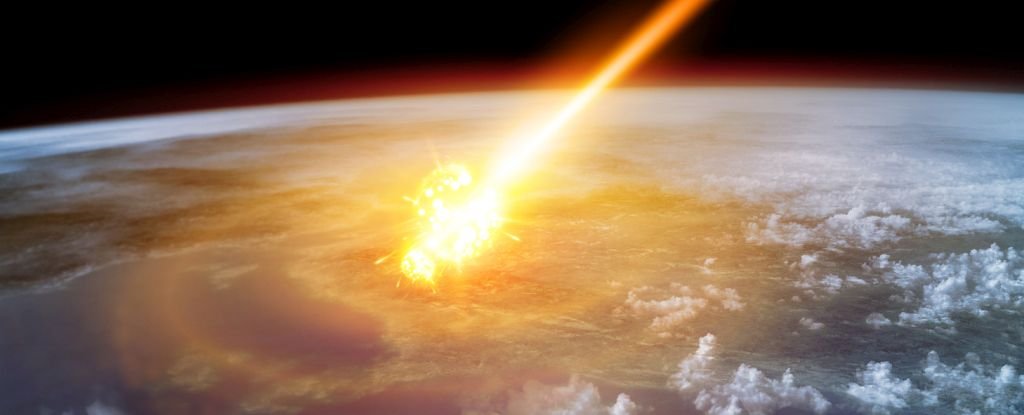To date, Earth is the only planet we know of that has continents.
Exactly how they formed and evolved is unclear, but we do know – because the edges of continents thousands of miles apart match up – that, at one time long ago, Earth's landmass was concentrated in one big supercontinent.
Since that's not what the planet looks like today, something must have triggered that supercontinent to break apart. Now, we have new evidence to suggest that giant meteorite impacts played a significant role.
The smoking gun consists of crystals of the mineral zircon, excavated from a craton in Western Australia, a piece of Earth's crust that has remained stable for over a billion years.
Known as the Pilbara Craton, it is the best-preserved chunk of crust on the planet… and the zircon crystals within it contain evidence of ancient meteorite impacts before the continents broke apart.
"Studying the composition of oxygen isotopes in these zircon crystals revealed a 'top-down' process starting with the melting of rocks near the surface and progressing deeper, consistent with the geological effect of giant meteorite impacts," explained geologist Tim Johnson of Curtin University in Australia.
"Our research provides the first solid evidence that the processes that ultimately formed the continents began with giant meteorite impacts, similar to those responsible for the extinction of the dinosaurs, but which occurred billions of years earlier."
The work was conducted on 26 rock samples containing fragments of zircon, dating between 3.6 and 2.9 billion years old.
The research team carefully analyzed isotopes of oxygen; specifically, the ratios of oxygen-18 and oxygen-16, which have 10 and 8 neutrons, respectively. These ratios are used in paleogeology to determine the formation temperature of the rock in which the isotopes are found.
Based on these ratios, the team was able to distinguish three distinct and fundamental stages in the formation and evolution of the Pilbara Craton.
The first stage is the formation of a large proportion of zircons consistent with partial melting of the crust. This partial melting, the researchers show, was likely the result of bombardment by meteorites, which heated the planetary crust on impact.
The oldest cluster of these zircons, according to the team's interpretation, was the result of a single giant impact that led to the formation of the craton.
The second stage was a period of reworking and stabilization of the crustal nucleus, followed by the third stage – a period of melting and granite formation. This stabilized nucleus would then, much later, evolve to become today's continents, as did the cratons found on other continents around the world.
However, many meteorites have pelted Earth in eons past, in numbers much higher than the number of continents. It's only the largest impacts that could generate enough heat to create the cratons, which appear to be twice as thick as their surrounding lithosphere.
These findings are consistent with previously proposed models for the formation of cratons around the world – but constitute, the researchers said, the strongest evidence yet for the theory.
However, it's just one craton, out of around 35 known. To make the evidence even stronger still, the team will need to compare their results with more samples from other cratons, to see if their model is consistent globally.
"Data related to other areas of ancient continental crust on Earth appears to show patterns similar to those recognized in Western Australia," Johnson said. "We would like to test our findings on these ancient rocks to see if, as we suspect, our model is more widely applicable."
The research has been published in Nature.





Recommended Comments
There are no comments to display.
Join the conversation
You can post now and register later. If you have an account, sign in now to post with your account.
Note: Your post will require moderator approval before it will be visible.